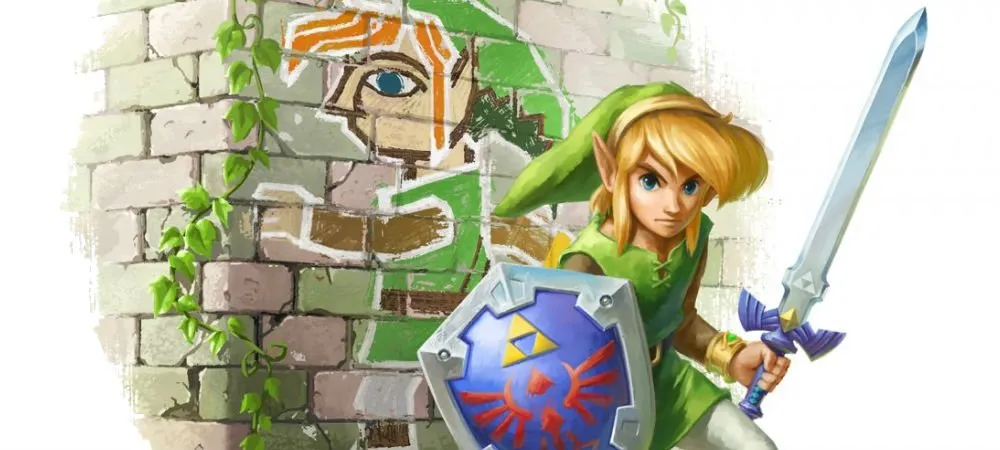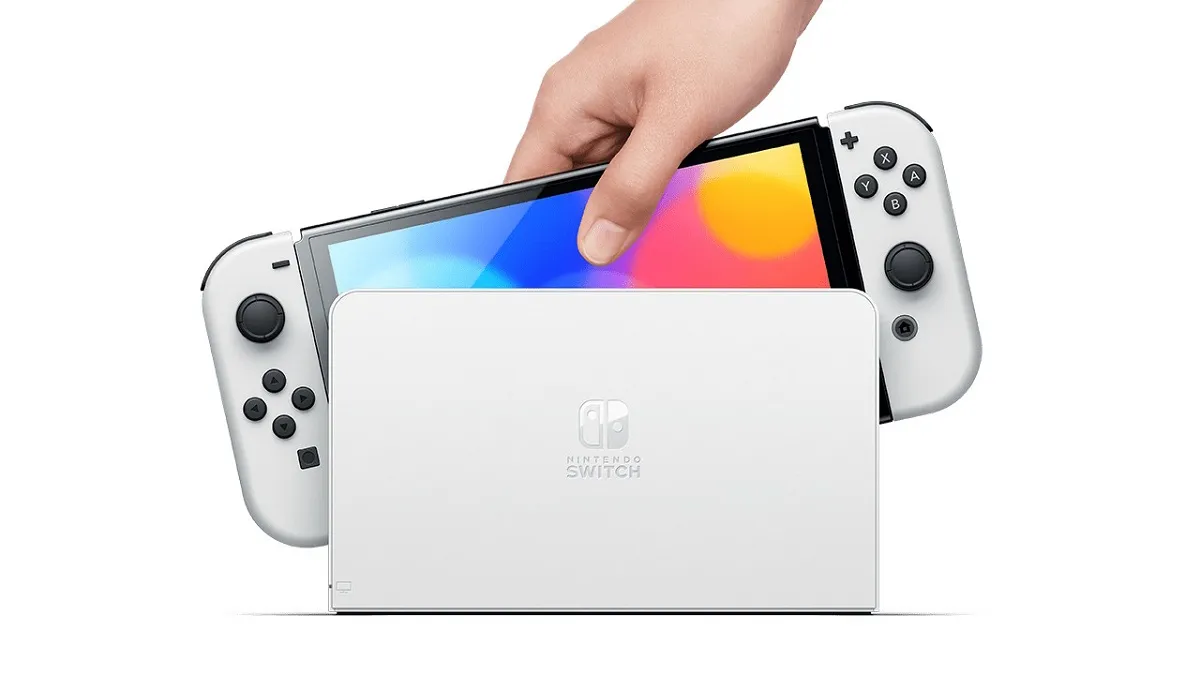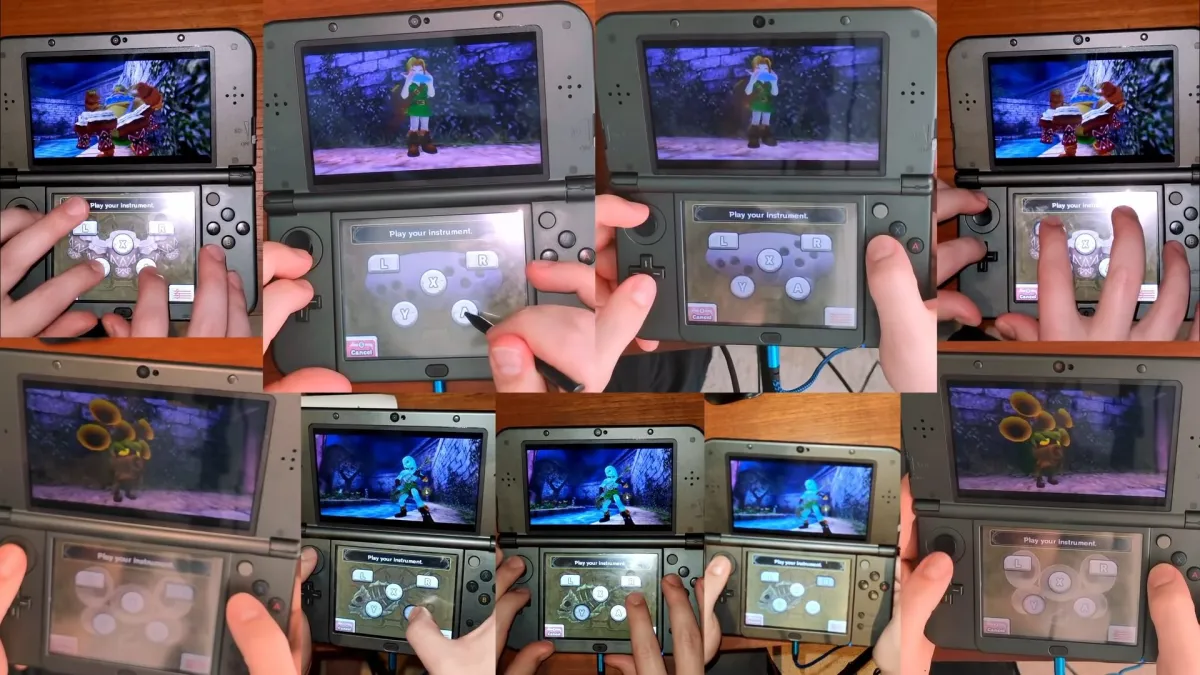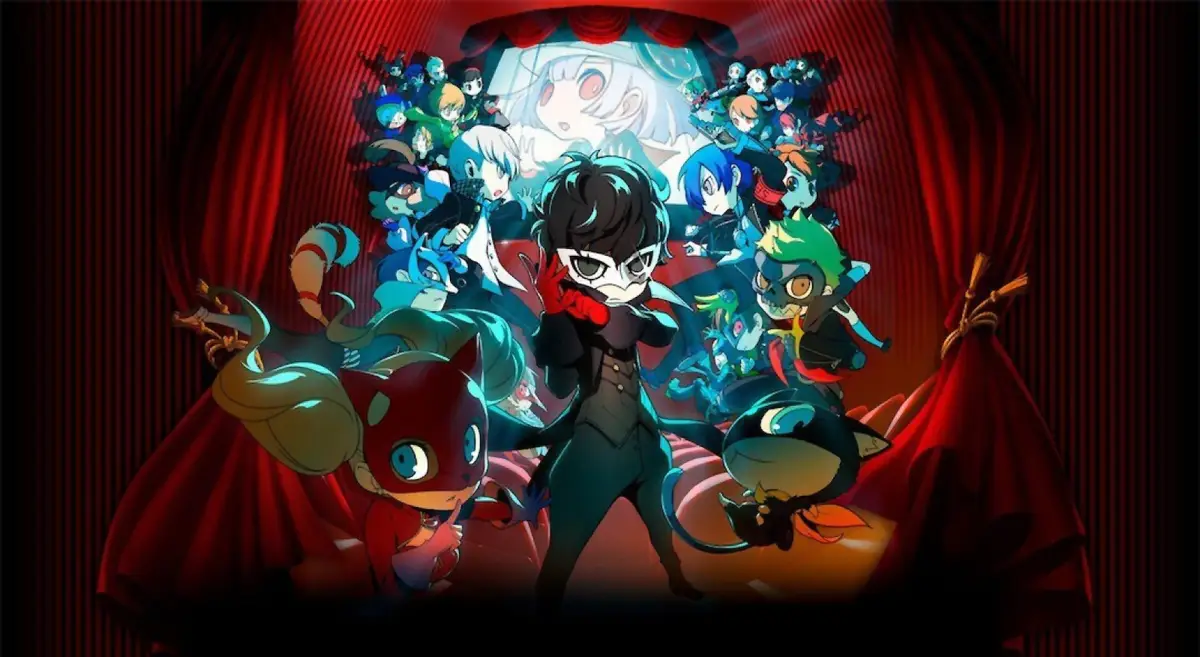Part Triforce, part Trifarce
In recent years, Zelda games have gotten a tad too flowery. What was once a true open world adventure involving a hero thrown into the great unknown with the ability to explore to his heart’s content, has become something else entirely. With lengthy intros, gated content, and other trappings, there’s more action than adventure in some Zelda games.
As a direct sequel to the SNES game A Link to the Past (my personal favorite Zelda), A Link Between Worlds seeks to rectify these issues by letting you get on with it as soon as possible. At the core of this concept is the “item renting” system, that lets you obtain every key item in less than an hour of playtime, opening up the world like never before.
But one great idea doesn’t make a great game, and A Link Between Worlds is lacking one major ingredient — heart.

The Legend of Zelda: A Link Between Worlds (3DS)
Developer: Nintendo EAD Group No. 3
Publisher: Nintendo
Release Date: November 22, 2013
MSRP: $39.99
First off, it must be said that A Link Between Worlds looks great, especially in 3D. In fact, the 3D effect is slick, very effective, and never an annoyance — it was a very welcome surprise. Enemies have a new sense of depth and detail, to the point where I’m looking at their designs in a whole new light. What I love most about said designs is that they’re not only throwbacks to Link to the Past, but they also have their own original touches added to them.
In terms of controlling the action it’s also easy to see where you are at all times, and the ability to “look” across the way with the d-pad is a nice touch. All things considered, this is one of the most well made top-down Zelda games on a technical level. The soundtrack is essentially a “greatest hits” of A Link To the Past, and although it isn’t an advancement in terms of sound direction, it doesn’t have any low points either.
The best thing about A Link Between Worlds though is that it doesn’t waste any of your time. After waking up in your iconic bed, Link is off to the races almost immediately, encountering his first dungeon in less than five minutes. It’s there where you’ll learn the basics of combat, item management, and the core game mechanics — you’re essentially dropped off into the open world on your own. Here’s where things get interesting.
Almost immediately, you can “rent” items, allowing you to grab your essentials like the Hookshot, Bow, Bomb Bag, and a whole lot more so long as you can afford them. So long as you don’t die (death returns your rentals) and keep your Rupee count high, you can sequence break all the live long day and go wherever you want. Theoretically, you could never return to the item renting area and just keep everything, which is basically what I did. Not every item is gained this way (a few dungeons still have key gear), but I’d estimate around 90% of them are earned by way of renting.
Using items is vastly improved, as everything is tied to an “energy” bar (mana, essentially) that recharges over time. I’m talking arrows, bombs — everything. No longer do you need to farm pots and brush for minutes on end just to pick up the three bombs you need for a dungeon, because all you need is to wait briefly for the energy meter to recharge. It not only makes sense, but it also makes combat more fun, as you’re encouraged to use whatever item you want without fear of running out of ammo.
It’s a system that eliminates a lot of hassles from the game, and places the emphasis solely on having fun and exploring more ground. Optional hint glasses are also a great substitute for an annoying pace-killing sidekick that spoils dungeon solutions for you (I’m shaking my fist at Fi right now). It was fun to trek about Hyrule with these advancements, in the sense that it feels like the very first Zelda.

But having access to all the items at once is just one piece of the puzzle, and not everything follows through quite as swimmingly. As you may have noticed, a huge new part of the game is the ability to jump into walls as a magic “painting,” squishing Link flat up against the scenery. At first, it feels like a novel idea since it’s incorporated into the game’s dungeon and overworld, and it’s required to traverse some gaps that are otherwise inaccessible.
You can also use it as an attack (if you spring out with it), and to mitigate damage, as you’re impervious when you’re in the wall. Since it runs on the same energy mechanic as items, you also need to think tactically, which is a cool concept. But then you realize that it’s essentially shimmying, with style (I call it the “shadow shimmy). It gets old very quickly, and it’s used far too often as a forced way to traverse normal gaps when simply walking would do. When you come to expect it, it loses its magic, which is a shame.
The same goes for “Lorule” — Hyrule’s other-wordly counterpart that you will dive into a few hours into the game — which is simply not fun to explore. The idea is that multiple areas are “desolated,” and thus many sectors are not connected due to the fact the ground is completely missing in places, sectioning them off. In order to get to and fro, you have to find glowing slots in Hyrule to enter, which essentially transports you by way of a portal to the other end of Lorule.

In short, it’s predictable, as every single portal is clearly placed right next to each quarantined portion of Lorule. All it does is close off the game and leave very little to the imagination. A Link to the Past fans will remember this same “two realm” concept with the Dark World, but the difference here is that world contains a lot more character. Additionally, you were granted an item called the “Magic Mirror” that allowed you to instantly traverse between the two very early — instead of relying on arbitrary cracks on the wall at obvious points.
The story really isn’t that much well off either. The main big bad this time around is Yuga — a wizard with the power to morph himself (and others) into paintings. He’s obsessed with perfection and beauty, and … that’s about the extent of his personality. To put it bluntly, Yuga is not a very good or memorable character at all. Whereas other spinoff or portable games have crafted unique villains that fit within the confines of their respective games (Vaati comes to mind), Yuga is someone I wouldn’t mind never seeing again, as he’s a fairly one-note tune that relies far too heavily on the Ganondorf motif.
The majority of the rest of the cast is comprised of forgettable faces or namedrops, like Impa and Dampé the gravedigger (after seeing how Skyward Sword beautifully handled Impa, this one is a disappointment). The one shining star is the bunny-hooded Ravio the shopkeep, who quickly became one of my favorite characters the series. He literally crashes at your house, he’s goofy and endearing, and he seems like the kind of guy who would help you move. His story isn’t really pronounced until near the end, but he’s compelling enough to want to see more of.

Another core pillar of the Zelda series — strong and taxing dungeons — is simply not present here. When I made my way through the game’s seemingly treacherous underground halls, I realized something — I was blazing through them. I wasn’t speeding through because I was trying, mind you, it kind of just happened, as almost every dungeon in the game is a paint-by-numbers affair. They were fun at times, but most of them felt more like chores.
There’s only one dungeon in the entire game that I really liked, and that’s the Ice Ruins. It centers around a very cool mechanic involving the 3D depth of field effect, and involves falling down various floors in a tower-like structure in an almost platform-like nature (think Jumping Flash). Considering the fact that most Zelda games don’t place an emphasis on the perspective of falling (if any), it made for a unique dungeon, on top of the fact that the theme was spot on, and made the dungeon feel special. This should have been replicated across other locations, but it wasn’t.
Thankfully, there’s lots to do in the game if you’re a Zelda junkie, even if the core game is a bit disappointing. There are tons of secrets to uncover along the roughly 15 hour quest, including the return of the “collect 100 shells across the world” questline, hidden areas, fun minigames, and the ability to outright purchase rented items and power them up. While the world isn’t really all that compelling, there’s a decent amount to explore — especially in Hyrule.

A Link Between Worlds‘ main problem at the end of the day is a complete lack of anything that’s memorable. There’s no defining moment, no newly minted classic villains or characters, and no truly “new” items that make their mark on the series. It’s certainly playable in every sense of the word, but I didn’t feel the same spark I had felt so many times before.
In fact, the only real legacy it leaves behind beyond being a serviceable Zelda game is its welcome streamlining, which I hope is carried over to future iterations. It’s a great way to return to the world of Link to the Past, but outside of some welcome streamlining, it doesn’t surpass it, or even meet it.





Published: Nov 14, 2013 12:00 pm